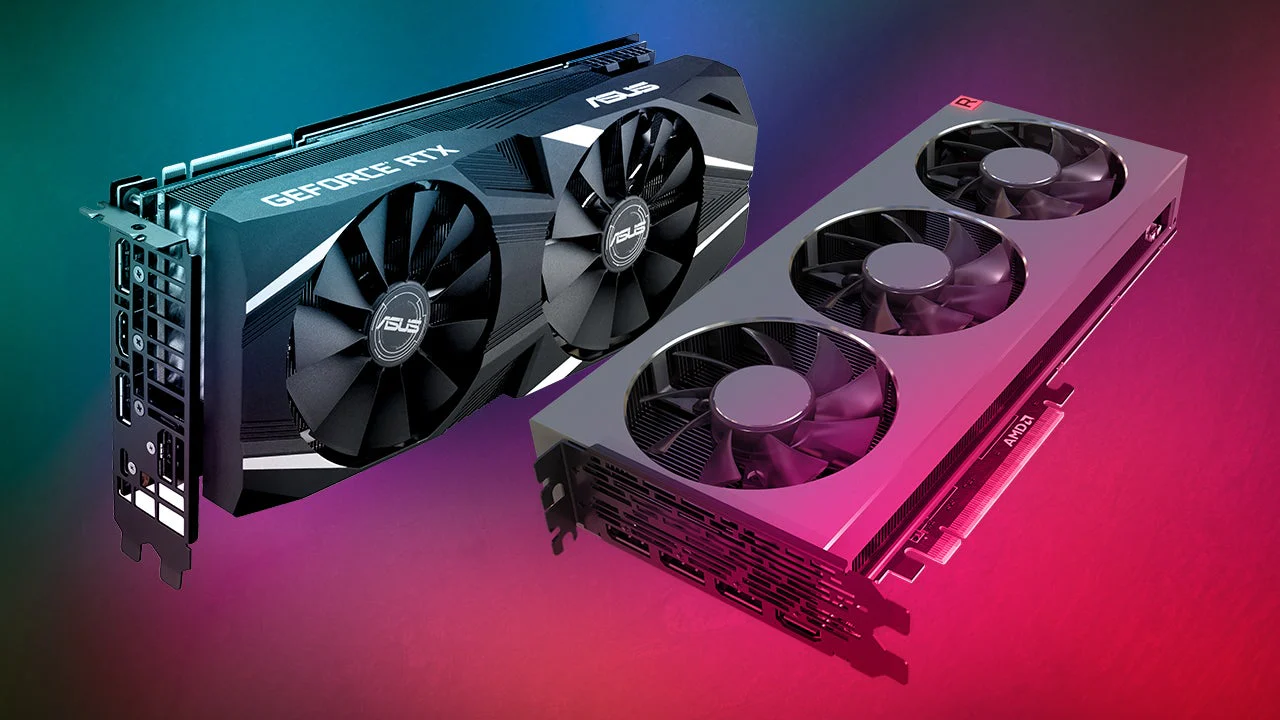Buying a graphics card is one of the most significant investments you can make for your computer, especially if you’re interested in gaming, video editing, 3D rendering, or other graphics-intensive tasks. However, choosing the right card can be tricky because of the various models, brands, and specifications available. There are several critical factors that you need to weigh before making a decision to ensure you’re getting the best performance for your needs and budget.
Here are the main factors to consider when buying a graphics card:
1. Budget
Before you dive into the specifics of different graphics cards, it’s important to determine your budget. Prices for graphics cards can range from affordable entry-level models to high-end premium cards costing hundreds or even thousands of dollars. Setting a clear budget will help narrow down your choices and prevent you from spending more than you intend.
For example:
- Entry-level cards: Suitable for light gaming, basic video editing, and general use, usually priced between $100 to $200.
- Mid-range cards: Designed for solid 1080p or even 1440p gaming and are typically priced between $300 to $500.
- High-end cards: These deliver exceptional performance for 4K gaming, VR, and heavy professional work. Expect to pay $600 and beyond.
Your budget will determine what level of performance you can expect from a card, so plan carefully according to your needs and how long you expect the card to serve you before requiring an upgrade.
2. Performance Needs
The next factor is identifying how you plan to use the graphics card. Are you a casual gamer, a competitive eSports player, a video editor, or someone doing heavy 3D rendering? Different uses require different levels of performance, so it’s crucial to assess your needs.
- Gaming: For gaming, the graphics card is one of the most important components. Look for models that can handle modern games at your desired resolution (1080p, 1440p, 4K) and frame rate (FPS). For example, if you aim to play AAA titles at high settings, cards like the NVIDIA RTX 3060 or AMD RX 6700 XT would be excellent for 1080p/1440p gaming. For 4K gaming or ultra settings in demanding titles, you’ll want a more powerful card like the RTX 4080 or AMD RX 7900 XTX.
- Content Creation: For those working with video editing, 3D modeling, or animation, a graphics card with higher memory and CUDA cores (in the case of NVIDIA) is important. GPUs such as the NVIDIA RTX 4070 or AMD RX 6800 can handle demanding tasks like rendering, video editing, and even deep learning applications.
- General Use: If you’re just browsing the web, watching videos, or running general applications, you may not need a powerful discrete graphics card. Integrated graphics or entry-level cards like the NVIDIA GTX 1650 are more than sufficient for these tasks.
3. Resolution and Refresh Rate
The resolution at which you plan to game or work has a direct impact on the type of graphics card you should buy. The higher the resolution, the more powerful a GPU you’ll need to deliver smooth performance.
- 1080p Gaming: For many gamers, 1080p (Full HD) is the most common resolution, and a mid-range GPU like the NVIDIA GTX 1660 Super or AMD RX 5600 XT is more than capable of handling this resolution at 60 FPS or more in most modern games.
- 1440p Gaming: If you’re looking to game at 1440p (Quad HD), you’ll need a more powerful GPU, such as an NVIDIA RTX 3060 Ti or AMD RX 6700 XT. These cards can handle higher resolutions and still maintain decent frame rates, making them ideal for gamers who want a balance between performance and visual quality.
- 4K Gaming: For gamers who want the absolute best in visual fidelity and are gaming at 4K resolution, high-end GPUs such as the RTX 4080 or AMD RX 7900 XT are required to deliver playable frame rates at ultra settings. Keep in mind that 4K gaming is incredibly demanding, and it will often require more than just a strong GPU—factors like adequate cooling, power supply, and CPU also come into play.
In addition to resolution, the refresh rate of your monitor matters as well. If you have a 144Hz or 240Hz monitor, you’ll need a GPU that can push higher frame rates to fully utilize the monitor’s refresh rate. Otherwise, you won’t see the benefits of a high-refresh-rate monitor.
4. VRAM (Video Memory)
The amount of VRAM, or video memory, on your graphics card is another crucial consideration. VRAM is used to store textures, frame buffers, and other data necessary for rendering images. The more VRAM a card has, the better it can handle higher resolutions, larger textures, and multiple monitors.
- 4GB VRAM: This is the minimum you’ll find on most modern graphics cards and is suitable for 1080p gaming or light content creation tasks.
- 6GB to 8GB VRAM: For 1440p gaming or more intensive applications like video editing or 3D rendering, 6GB to 8GB is ideal.
- 10GB to 12GB VRAM or more: If you’re gaming at 4K or doing professional-level content creation, cards with 10GB to 12GB of VRAM (like the RTX 3080) are recommended to ensure smooth performance.
5. Power Supply and Compatibility
Graphics cards are power-hungry components, and it’s important to ensure that your system’s power supply unit (PSU) can handle the card’s power requirements. Each GPU has a recommended wattage, which includes not only the GPU but the overall system as well.
- Power Requirements: Make sure your PSU has the necessary wattage and appropriate connectors for the card you’re considering. For example, high-end cards like the RTX 3080 require a minimum of 650W or higher power supplies.
- Compatibility: It’s also essential to check the physical dimensions of the card and compare them to your case. Some of the more powerful GPUs are quite large and may not fit in smaller cases. Be sure to measure the space inside your case and verify that the card will fit comfortably, with adequate room for airflow.
6. Brand and Cooling Solution
When choosing a graphics card, you’ll often find several different brands offering the same GPU model. Popular brands include ASUS, MSI, Gigabyte, and EVGA. While the core GPU architecture remains the same across brands, differences can be found in build quality, cooling solutions, and warranty support.
- Cooling: High-end GPUs tend to generate a lot of heat, so having an efficient cooling system is crucial for maintaining performance and extending the card’s lifespan. Cards with dual or triple fans often provide better cooling than single-fan models, and some even come with advanced cooling systems like liquid cooling. For those in warmer climates or planning to overclock, paying attention to cooling is especially important.
- Brand Reputation: It’s worth considering the brand’s reputation for customer support and reliability. Some brands offer longer warranties or better customer service, which can be a deciding factor in your purchase.
7. Ray Tracing and DLSS (NVIDIA) or FSR (AMD)
Ray tracing and DLSS (Deep Learning Super Sampling) are two advanced features offered by NVIDIA that have become increasingly popular in modern gaming. Ray tracing enhances lighting and reflections to create more realistic visuals, while DLSS uses AI to upscale lower resolutions to provide higher performance without sacrificing image quality.
AMD’s equivalent technology, FSR (FidelityFX Super Resolution), offers similar benefits, although it is not as widely adopted as NVIDIA’s DLSS.
If you’re interested in playing the latest games with ray-tracing support or want to take advantage of AI-enhanced upscaling, it’s worth looking into a card that supports these features, like NVIDIA’s RTX series or AMD’s RX 6000 series.
Conclusion
Choosing the right graphics card involves considering a variety of factors, including your budget, performance needs, and the resolution you plan to use. Whether you’re a casual gamer or a professional content creator, understanding these key elements will help you make an informed decision. By carefully evaluating your needs and researching different options, you can find a graphics card that provides the perfect balance of performance, price, and future-proofing for your system.
For the latest reviews and guides on graphics cards and other PC components, visit TechMatched.pk, a trusted source for technology enthusiasts in Pakistan.


